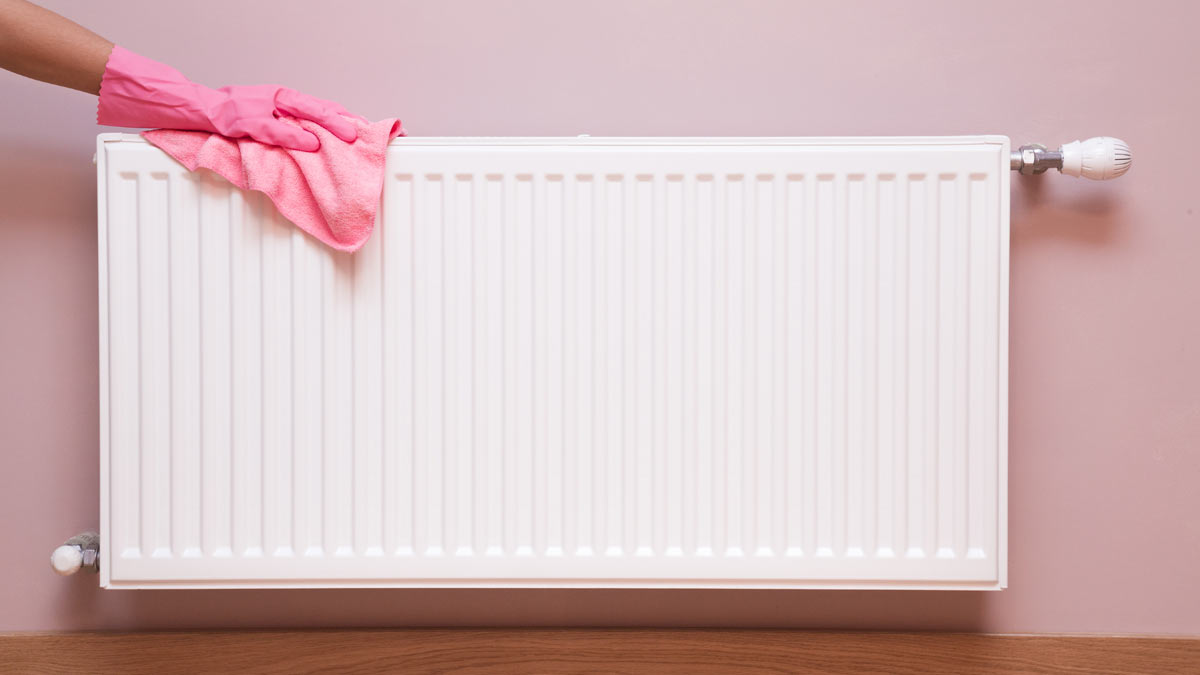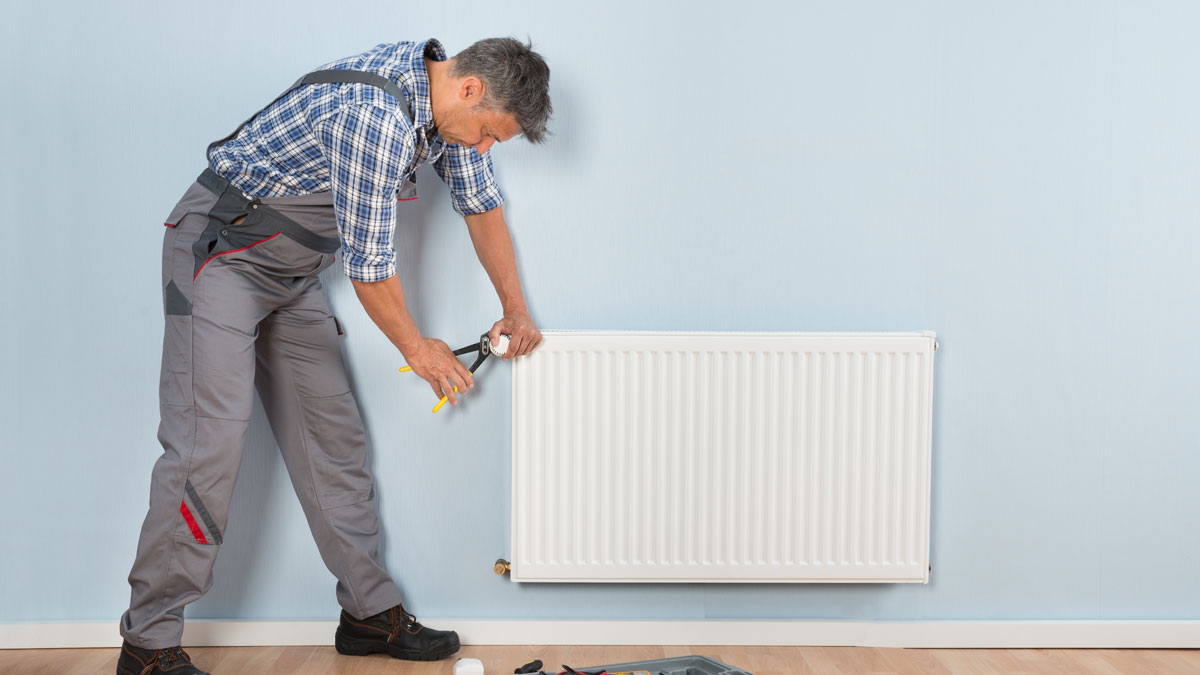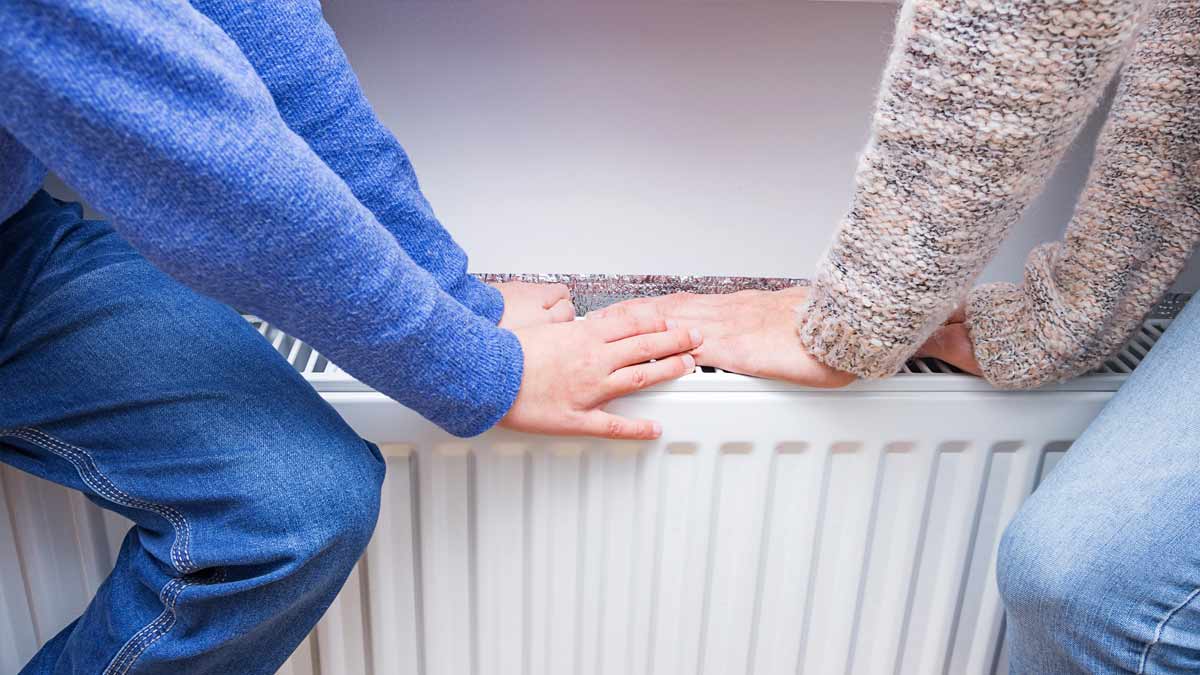Why do we need to clean the radiators?
Gas and energy prices are rising. But what does it have to do with cleanliness of those mute and almost unseen radiators at your dwelling quarters? Well, it turns out that clean radiators go a long way towards saving your energy cost and save money on energy bills, not to mention the agreeable sight that we all desire, both at home and at office. In fact, the dirt or dust attached to the fins of your convector radiator are not only aesthetically unacceptable, they can prevent heat from escaping, forcing your radiators to work harder to do their job and putting extra pressure on CENTRAL HEATING. Thus, it’s necessary to take action and thoroughly clean your radiators at least once a year. What’s more, making it a part of your daily or weekly cleaning routine is an absolutely good idea.
But the problem is many people tend to forget about this important part of their household and simply ignore the debris or grime piled up silently behind those solid iron fins for years (decades?!). Chances are they sometimes get surprised when they check the less visible crevices and corners of these iron radiators and find some lost items that have been missing.
Our highly experienced team in the radiator repair and installation service have the following recommendations for cleaning your radiators efficiently and effectively. Read central heating power flush and How to bleed a radiator for other valuable tips on how to maintain your radiators.
As their name implies, radiators radiate heat. But it is the convection that does the real work. To put it more precisely, air naturally circulates through the fins and warms a room. It is easy to understand that anything that gets stuck between those fins is going to slow the convection. In such situations, radiators become less and less efficient because the boiler will have to use more fuel to get the room to your desired temperature. In addition, if your home smells funny or unpleasant, you might have to do something about those dust-laden iron columns.
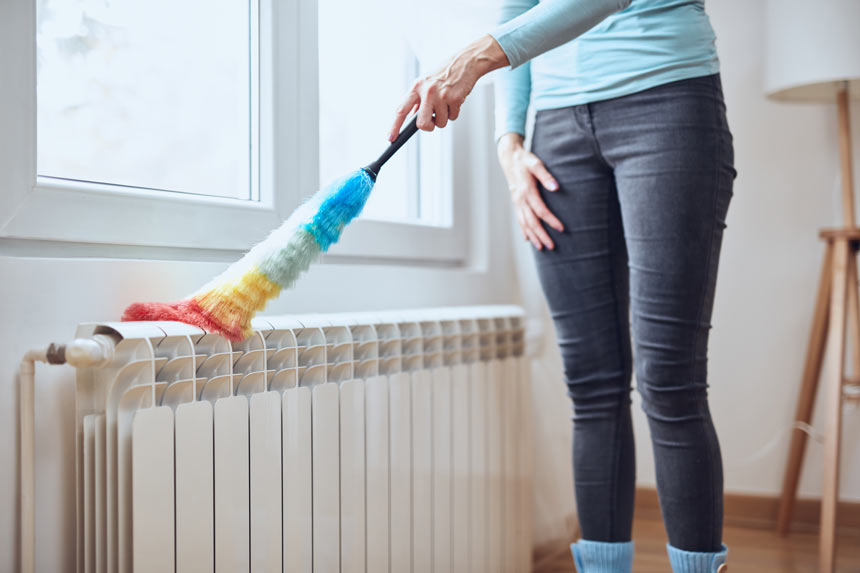
How often should I clean my radiators?
It is generally recommended to clean the radiators once a year, shortly before turning on your household heating system for the first time each cold season.
If you’re moving in a new house, make sure you get the radiators cleaned as much as possible regardless of the season. In this way, a clean-up will save a lot of money, not to mention the sheer hassle of hiring workers to clean the radiators later on. And don’t forget: if you clean your radiators every year, you avoid debris build-up and the chore will be certainly lighter come next year.
What you need when it comes to cleaning the radiators
To have clean radiators, you are going to need these items:
- Dust mask with filters,
- Dish towels,
- Larger, old towel,
- A broom
- A long brush,
- Vacuum cleaner (with crevice and brush attachment)
- Non-abrasive sponge,
- Two buckets,
- Mild dish soap,
- Large, flattened cardboard box;
- And a pair of rubber gloves
How Do I Clean The Radiator?
Tips What's The Best Way?
STEP 1:
First, you need to make sure that the radiators are turned off. This is a main safety measure and it is important to start cleaning after they are completely cool. Next, you should use painter’s tape to fasten a flattened cardboard box to the wall behind the radiator. This is going to keep your walls clean against the drops and splashes of dirty water. If the inside surfaces of the radiators are very dusty, you might need to put a plastic or a sheet covering on nearby furniture to stay clean and untainted.
Go ahead and check the floor under the radiators for any large objects that lurk. This sounds easy but should never be taken for granted. After clearing the visible or large objects, vacuum or sweep the area with a broom. Then, start cleaning the radiators one by one. To do this, put a towel beneath and around the radiator that you want to clean first. This will help collect any falling debris and dripping water.
STEP 2:
Put on your dust mask (this is another safety measure) because harming yourself is the last thing you want. Then use either a small broom or the brush device on your vacuum cleaner and remove larger piles of dust, spider webs, hairballs, and anything else that can be easily reached.
STEP 3:
For those radiators that lose their paint or varnish easily, it’s important to use a brush with soft bristles in order to avoid disturbing the paint as much as possible. And don’t forget to vacuum up all the flakes and chips that might get off the surface of the panels with your brush. In case you don’t have a brush for your radiators, you can a microfiber towel attached tightly to the end of a flexible and handheld rod. Use a tape or rubber bands to assemble this useful DIY hack.
This primary stage of cleaning gives you a good opportunity to become more familiar with the radiators and their shape(s). Anyway, you will be better prepared for the wet cleaning stage where you should have a sense of the angles that give you better access the hard-to-reach places, like the innermost nooks and crannies. If your environment is not perfectly light, you can use a torch or headlamp to better see the grooves and recesses.
STEP 4:
Pour warm water in one bucket and add a few drops of mild dishwashing soap. Pour regular water in another bucket. Then gently wipe down the radiator’s exterior with lightly soapy water using a soft sponge or dish towel. Try to reach the inward spaces as far as possible. Please repeat this process for a second time. The use regular water and sponge and remove any traces of soap left behind. Next, use a dish towel to dry the radiator thoroughly.
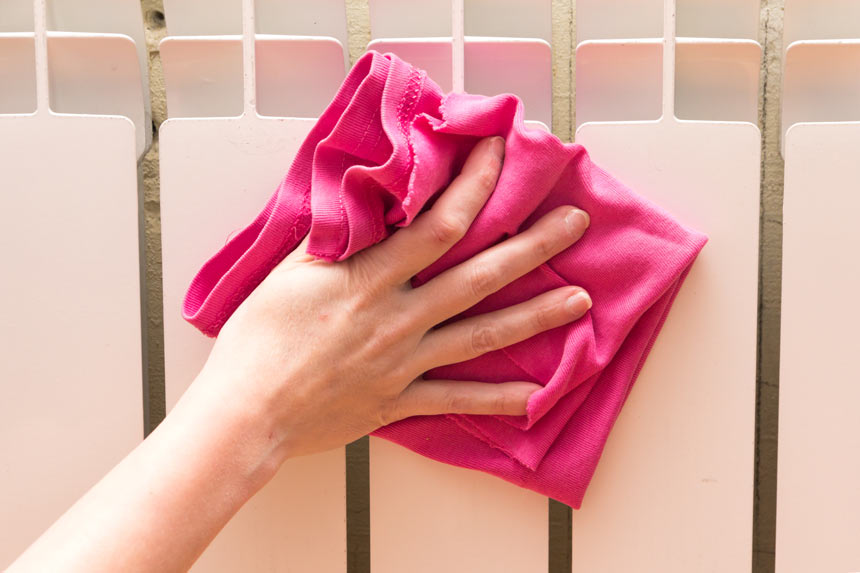
After washing and drying every space you can reach with just your hand, put a rag or dishcloth in the clear water and wipe down the interior spaces or sections that cannot be reached with hands. You may want to move the cloth back and forth to get at any grime stuck in the difficult spots. In order to repeat this process, rinse the cloth and wipe again. It is recommended to do this ‘interior flossing’ process over and over and over.
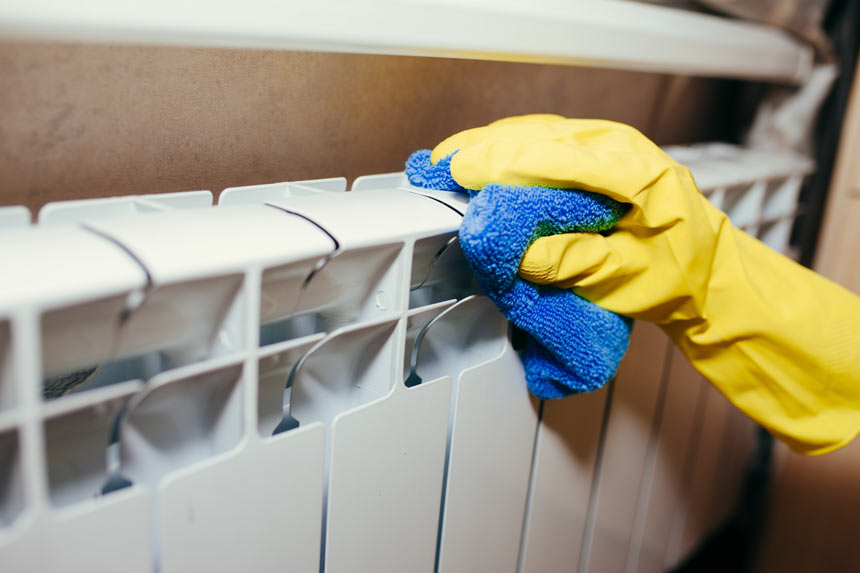
If you have to clean several dirty radiators, you can skip soapy water for the interior flossing as it requires a second round of rinsing (and a lot of time, too). In other words, using water alone may just do a good job and get the dirt out. In case you have to clean just one or two radiators, we recommend using soap to get the best results.
How useful was this post?
Click on a star to rate it!
Average rating / 5. Vote count:
No votes so far! Be the first to rate this post.



